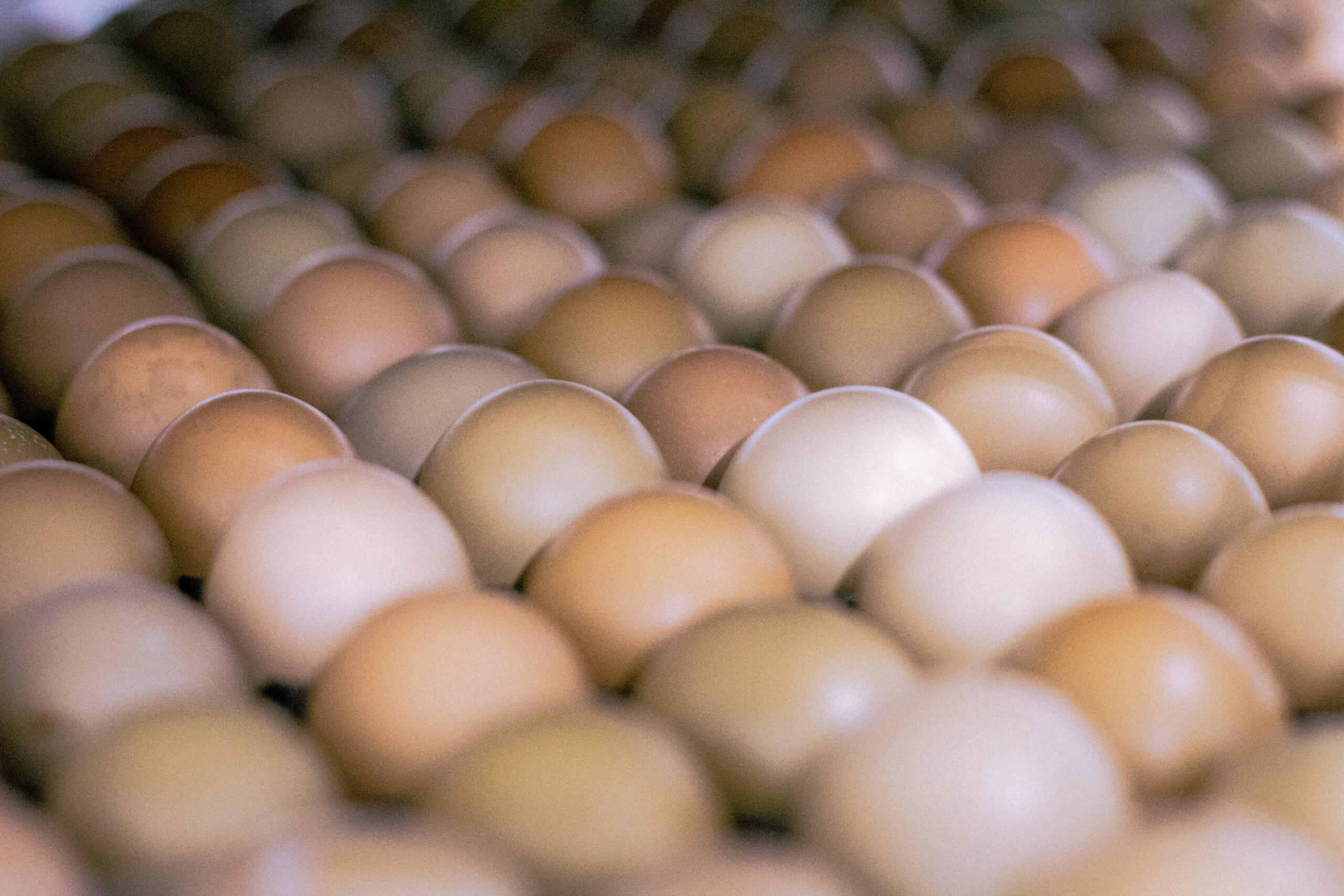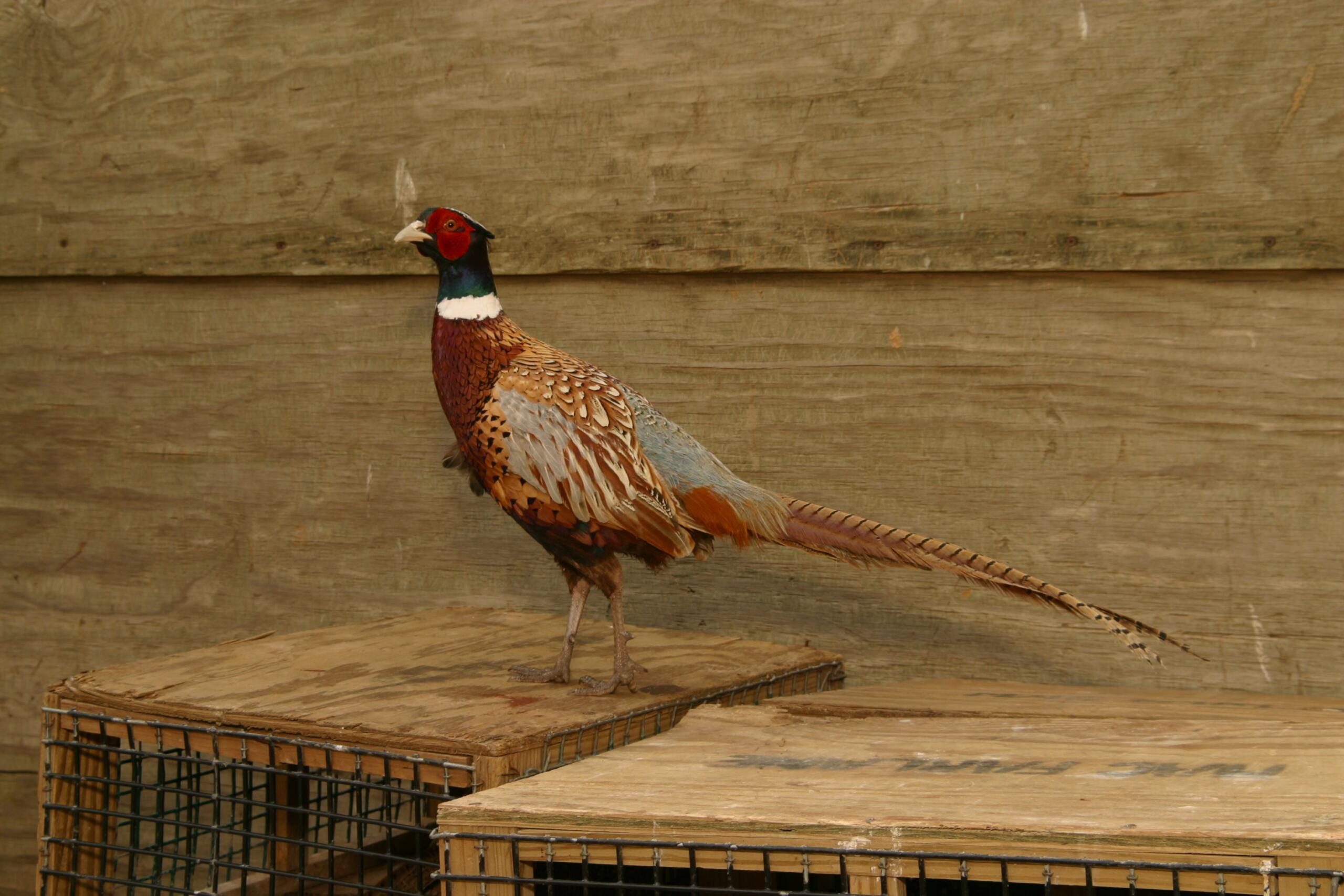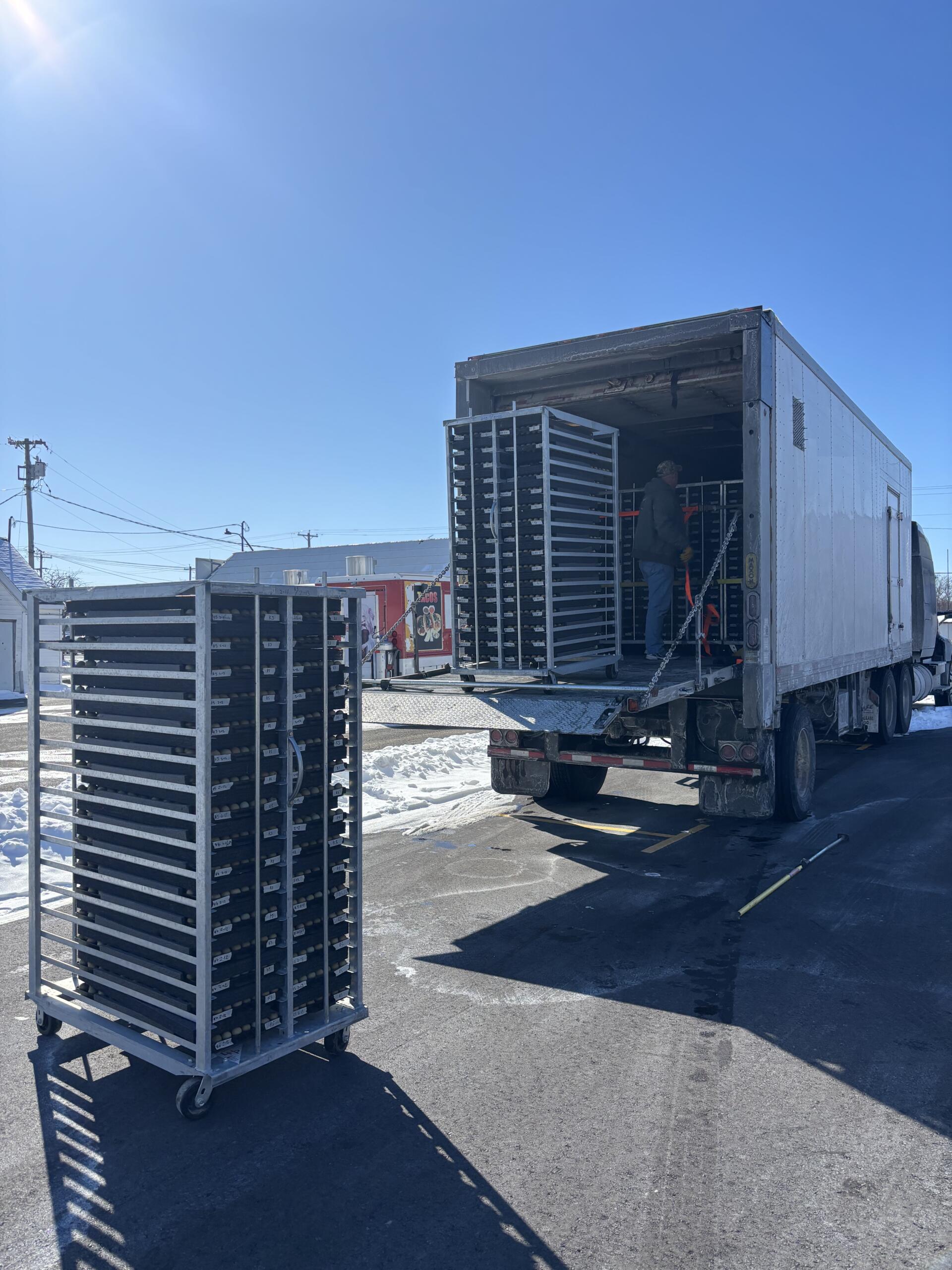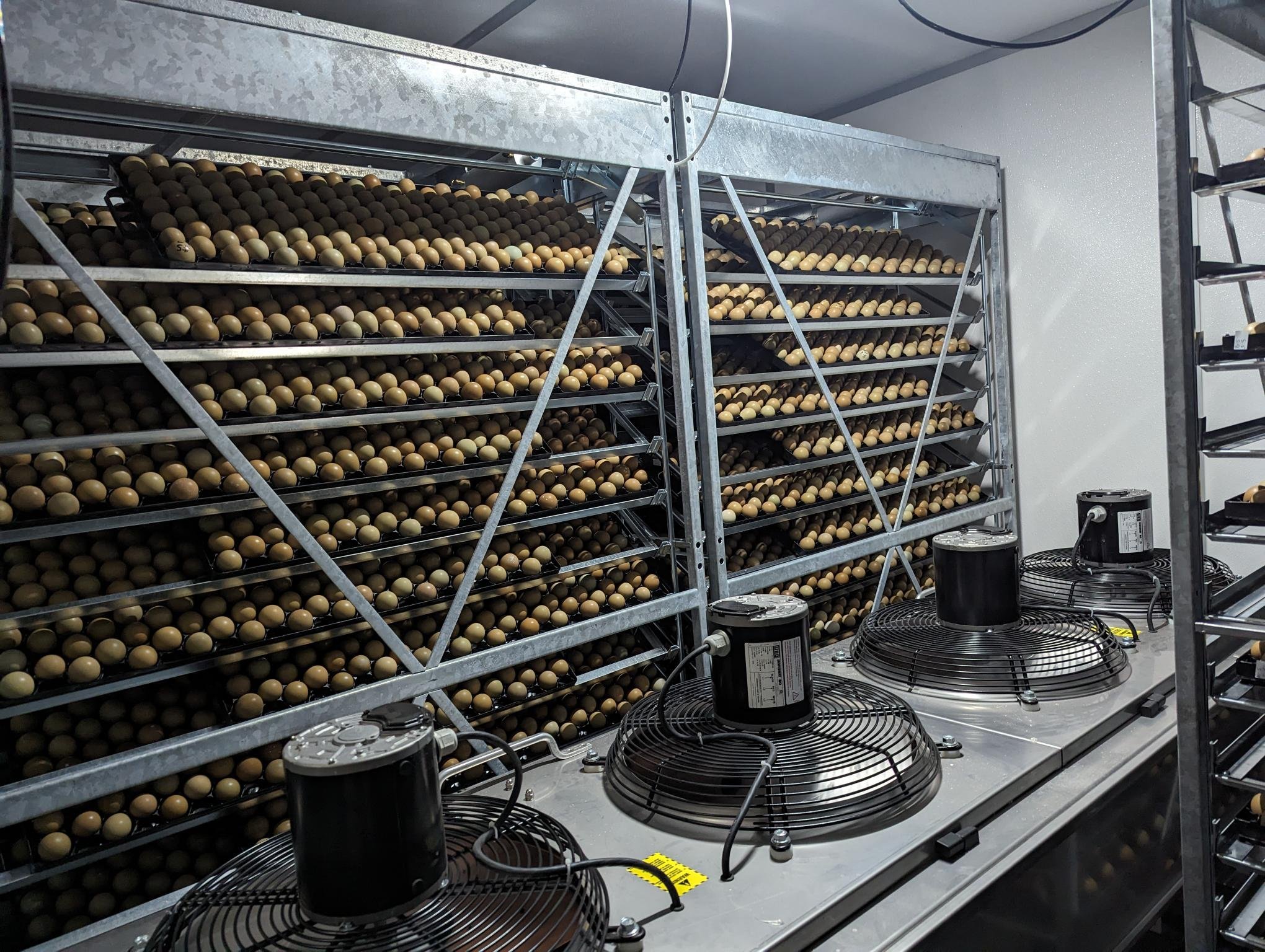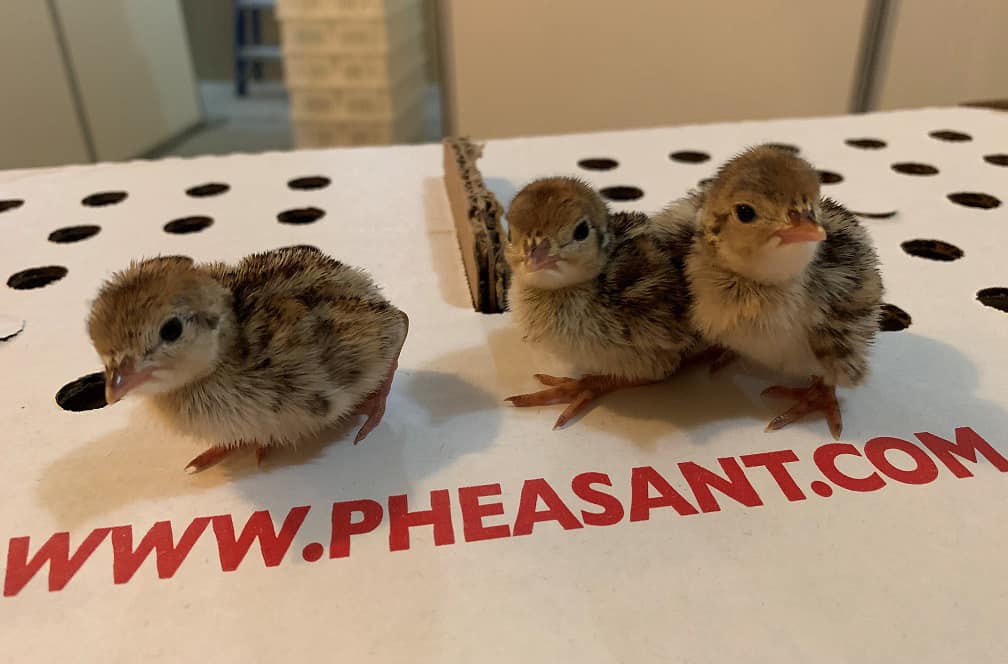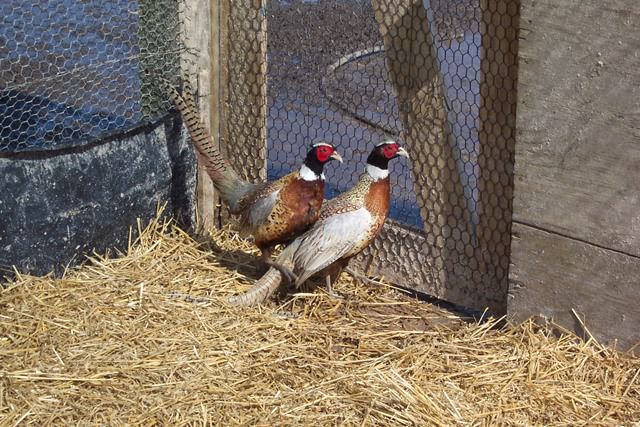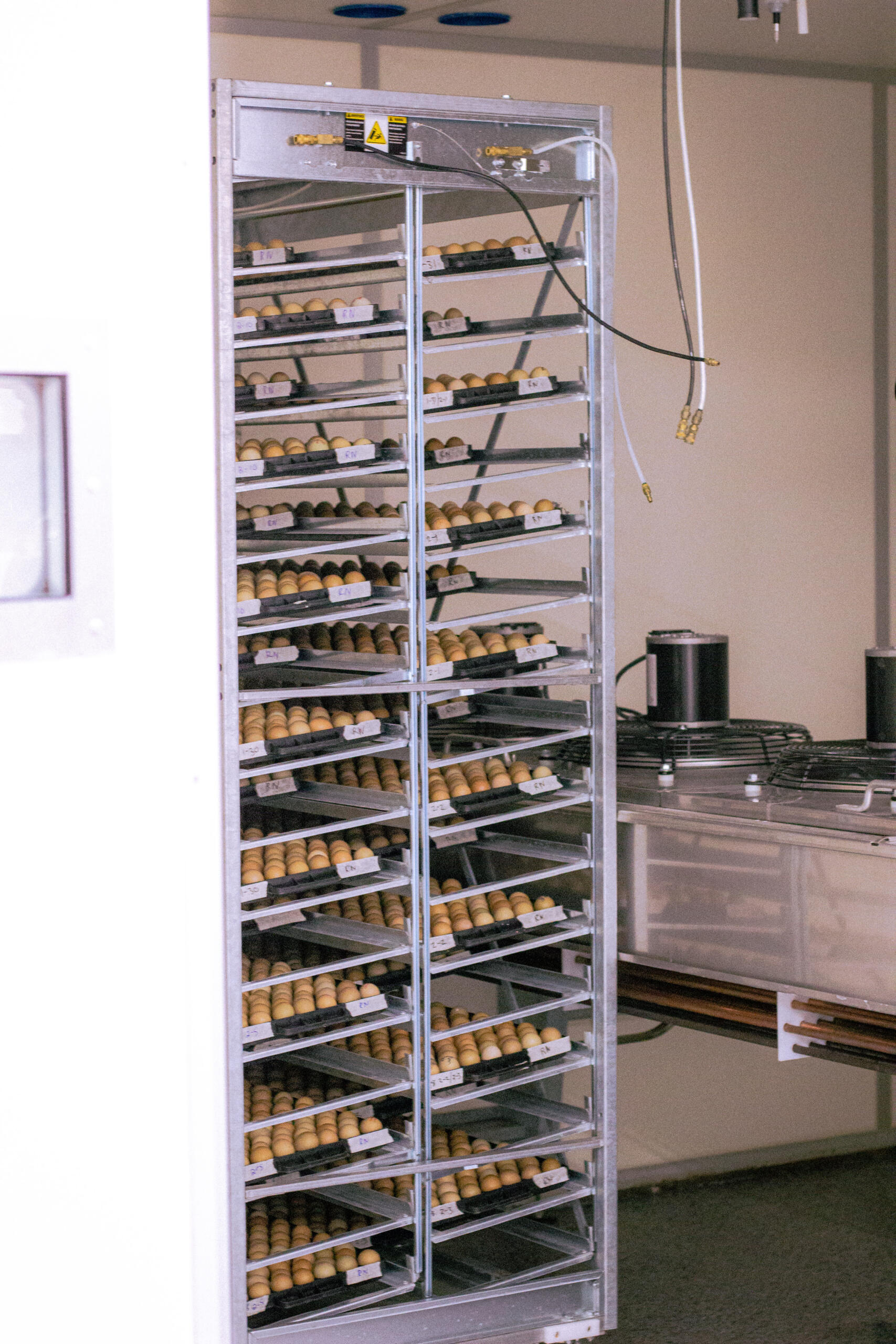Humidity in the Incubator
 It is agreed among poultry embryologists that the effect of humidity levels during incubation is much less drastic than that of temperature levels. The humidity level needed to have a large effect on the embryo during incubation is 5-6± %. This does not minimize the importance of humidity during incubation in achieving optimal hatchability and chick quality as the egg needs to lose a certain amount of moisture during incubation.
It is agreed among poultry embryologists that the effect of humidity levels during incubation is much less drastic than that of temperature levels. The humidity level needed to have a large effect on the embryo during incubation is 5-6± %. This does not minimize the importance of humidity during incubation in achieving optimal hatchability and chick quality as the egg needs to lose a certain amount of moisture during incubation.
It is believed by Embryologists that eggs should lose 12-14% of moisture weight by time of transfer (meaning transfer from the incubator to the hatcher). Though this has been determined by studies with chicks and turkeys, we can assume this range also holds true for pheasants. Technology advances have resulted in new incubators used by chicken hatcheries, which have sensor systems that monitor water weight loss during incubation and automatically adjust humidity to obtain the desired weight at transfer. It is simple enough however, for hatchery staff to determine water weight loss by weighing trays of eggs at set time and at transfer. The difference between beginning and end weights give us the percent of water loss during incubation.
The difficulty is in adjusting the humidity and temperatures at set time in proper relationship to each other as this will change throughout the entire hatching season. Egg shell conductance is the major determining factor of water and gas exchange rates of the incubating embryo, as water loss will vary based on this component of the egg. Egg shell conductance varies due to stage of production, age of hen, feed rations and environmental temperatures that the breeder is exposed to, causing the conductance to increase as the season progresses. Thus, it is important to weigh eggs throughout the entire year.
 This year our staff will be more intensely gathering data on our different flocks through the entire production season. This information will better enable us to make changes in our incubation profile throughout the season.
This year our staff will be more intensely gathering data on our different flocks through the entire production season. This information will better enable us to make changes in our incubation profile throughout the season.
The difficult part of making proper adjustments in humidity is that you may have to make changes in other incubation factors to avoid other problems. For example, by lowering humidity the desired percent of water loss may be achieved at transfer. However, if temperature is now too high in relation to humidity, hatch time will be earlier and chick size will be smaller. Therefore, a change in temperature and set time may be required to avoid this problem. One problem you may find with humidity being either too low or too high is to find fully formed chicks dead, with or without pipping. Poor chick quality can be due to improper humidity as well, resulting in sticky chicks, small chicks and large mushy chicks.
Remember though, when making changes to your incubation process, change only one thing at a time and in small increments while keeping good records of the changes and results. With patience and good data collection over the years, the role of humidity in incubation can be better understood and managed to increase hatchability and chick quality within any hatchery.
Ben Lawton
MacFarlane Pheasants, Inc.
Related Posts
Incubation of Pheasant Eggs
Read Post
DuPont Financial Analysis Model
Read Post
Busy Times at MacFarlane Pheasants’ Missouri Breeder Farms 2024!
Read Post
Hatchery News at MacFarlane Pheasants
Read Post
10 Hatching Tips for Incubating Pheasant Eggs Successfully
Read Post
A Day in The Life of the Hatchery Manager and Chick Deliveries
Read Post
Breeder Selection at MacFarlane Pheasants, Inc.
Read Post
Download The Complete Guide to Incubation
Read Post
Take Advantage of These Free Resources
As the biggest game bird farm in the United States, we want to share our experience with you. Download our free resources below and get started.





